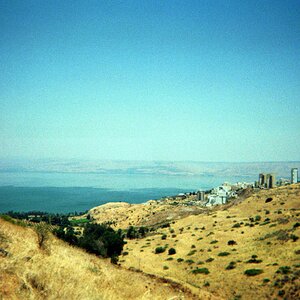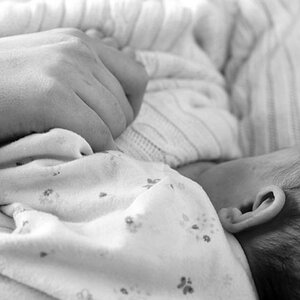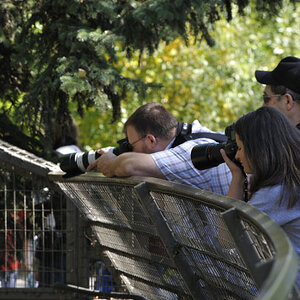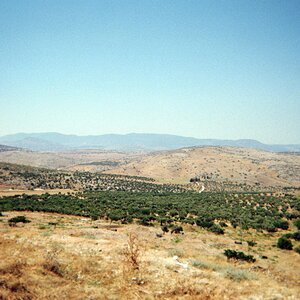Tighearnach
TPF Noob!
- Joined
- Oct 26, 2007
- Messages
- 224
- Reaction score
- 0
- Website
- www.flickr.com
- Can others edit my Photos
- Photos OK to edit
I have noticed all the clamour regarding the 7d and now the Mark 4 Canon and i have noticed the Mark 4 is a 1.3x sensor.
Am i right in saying that originally the 1.3x sensor originated before either Canon or Nikon had made a Full Frame camera?
If thats the case then why persist with this format now when Full Frame is the norm for cameras priced above 2500. I can see the advantage in terms of wildlife and sports and also it seems like a happy medium between FF and 1.6 but if these cameras are costing 4000plus why havent canon put a FF sensor in and allowed the option of choosing a 1.3 crop factor (for the likes or wildlife etc). isnt this the case with Nikons D3s?
Also if Canon believe based on current technology that the best image quality they can muster for a 1.3x sensor is with 16MP then why on earth would they make the 7D 18mp on a smaller sensor?
P.S I still love you Canon........
Am i right in saying that originally the 1.3x sensor originated before either Canon or Nikon had made a Full Frame camera?
If thats the case then why persist with this format now when Full Frame is the norm for cameras priced above 2500. I can see the advantage in terms of wildlife and sports and also it seems like a happy medium between FF and 1.6 but if these cameras are costing 4000plus why havent canon put a FF sensor in and allowed the option of choosing a 1.3 crop factor (for the likes or wildlife etc). isnt this the case with Nikons D3s?
Also if Canon believe based on current technology that the best image quality they can muster for a 1.3x sensor is with 16MP then why on earth would they make the 7D 18mp on a smaller sensor?
P.S I still love you Canon........













